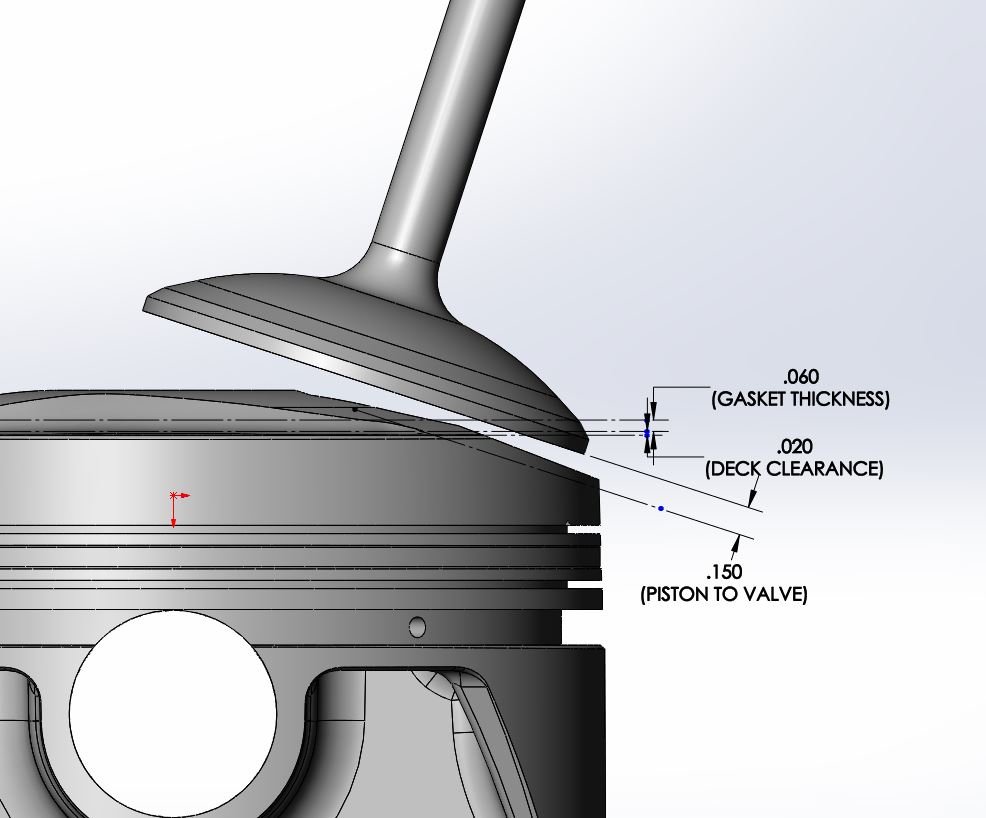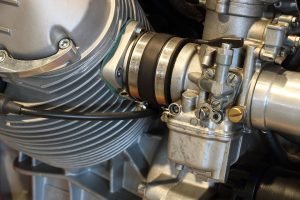To calculate valve lift, measure the maximum distance the valve travels from its closed position. This can be done using a dial indicator and a degree wheel.
Valve lift is an important factor in determining engine performance and is often measured in inches or millimeters. By accurately calculating valve lift, you can ensure optimal engine operation and maximize power output.
Contents
Understanding Valve Lift
Valve lift calculation is crucial for understanding engine performance. By definition, valve lift refers to the maximum distance the valve travels when opened. It plays a significant role in determining the engine’s power output and efficiency. Accurate valve lift measurement ensures optimal valve timing, which directly affects the engine’s air-fuel mixture and exhaust gas flow.
Engine designers and modifiers use valve lift data to assess the performance potential of an engine and make appropriate modifications. Moreover, valve lift also impacts overall vehicle performance and fuel efficiency. It is important to ensure that the valve lift is within the recommended range for the engine to operate smoothly and avoid any mechanical issues.
By understanding valve lift and its significance, you can make informed decisions when it comes to engine modifications and upgrades.
Factors Affecting Valve Lift
Valve lift calculation is an important aspect of engine performance. Several factors influence valve lift, including camshaft design, lobe lift, duration, and valve train geometry. Camshaft design works in tandem with other factors to determine the valve lift. Lobe lift and duration play a significant role in controlling the opening and closing of valves.
The shape and size of the camshaft lobe directly impact the amount of lift achieved, while duration affects how long the valve remains open. Valve train geometry, on the other hand, ensures proper alignment and movement of the valves. By carefully considering these factors, one can effectively calculate the valve lift, ultimately optimizing engine performance and efficiency.
So, paying attention to these factors becomes crucial for every engine enthusiast.
Calculating Valve Lift
Calculating valve lift is a crucial step in engine optimization. To accurately measure valve lift, you will need specific tools like a dial indicator, micrometer, and a degree wheel. Start by positioning the dial indicator on the valve retainer and rotating the engine until the valve is at maximum lift.
Take note of the reading displayed on the dial indicator. Next, use a micrometer to measure the valve diameter. Divide the valve lift by the valve diameter to calculate the valve lift ratio. Repeat this process for each valve in the engine.
For example, if the valve lift is 0. 400 inches and the valve diameter is 1. 5 inches, the valve lift ratio is 0. 267. Following this step-by-step procedure will ensure accurate valve lift calculations for optimal engine performance.
Interpreting Valve Lift Data
Valve lift is an important aspect to consider when analyzing engine performance. The data obtained from valve lift measurements provides valuable insights into the behavior of the engine’s valves. By comparing lift profiles, we can determine the variations in valve lift throughout the engine’s operation.
This allows us to understand the performance characteristics of the engine and identify any potential issues. Additionally, evaluating design changes in valve lift can help optimize the engine’s performance. This involves examining how modifications to the valve lift profile affect aspects such as power output, torque, and fuel efficiency.
By interpreting valve lift data and thoroughly analyzing lift profiles, engineers can make informed decisions to enhance the overall functioning of the engine.

Credit: www.youtube.com
Frequently Asked Questions For How To Calculate Valve Lift
How Do You Calculate Lift With Rocker Ratio?
To calculate lift with rocker ratio: multiply the valve lift by the rocker ratio.
How Does 1.6 Rockers Calculate Valve Lift?
1. 6 Rockers calculate valve lift by multiplying the lift of the camshaft by the rocker arm ratio.
How Do You Calculate Valve Lift On An Engine That Uses Rocker Arms?
To calculate valve lift on an engine with rocker arms, measure the distance from the rocker arm fulcrum to the valve stem tip.
What Is The Rocker Ratio For Valve Lift?
The rocker ratio for valve lift determines the amount the valve opens compared to the cam lobe.
Conclusion
Calculating valve lift is an essential aspect of understanding engine performance and maximizing its potential. By accurately determining the valve’s lift, you can ensure the efficient flow of air and fuel into the engine, leading to increased power and improved overall performance.
Whether you are a seasoned car enthusiast or just starting with engine modifications, knowing how to calculate valve lift is a valuable skill. This blog post has provided you with a step-by-step guide that simplifies the process. From measuring the camshaft lobe lift to understanding the rocker arm ratio, each component has been explained in detail.
By following these guidelines and using the appropriate formulas, you can confidently calculate valve lift and make informed decisions when it comes to optimizing your engine’s performance. So, go ahead and apply these techniques to unlock your engine’s true potential.
Happy calculating and happy driving!
Affiliate Disclosure: As an Amazon Associate, I earn from qualifying purchases made through links on this site.











